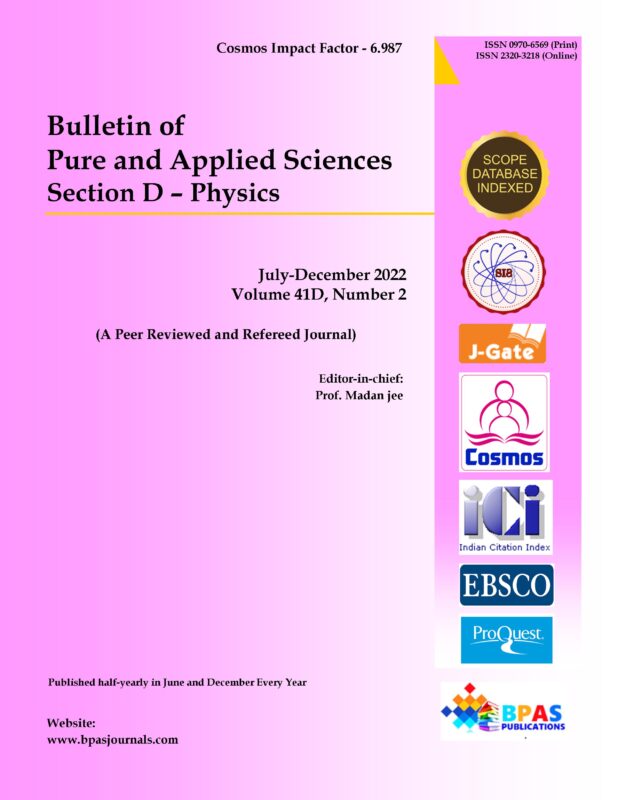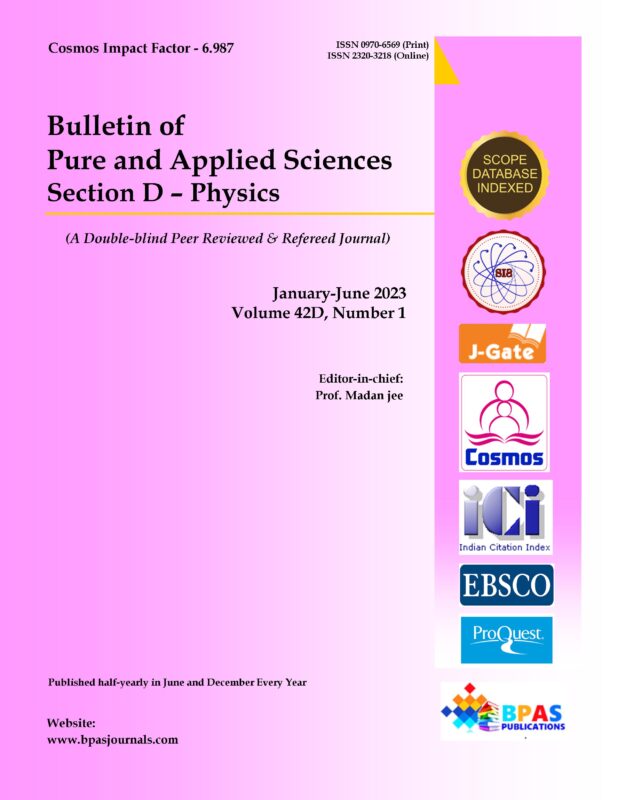The critical analysis of the foundations of the standard theory of harmonic oscillations is proposed. The unity of formal logic and rational dialectics is methodological basis of the analysis. The analysis leads to the conclusion that this theory represents gross error. The substantiation (validation) of this statement is the following main results. I. In the case of the material point suspended on the elastic spring, the linear differential equation of harmonic oscillations is the equation (condition) of balance of Newton’s force (Newton’s second law) and “Hooke’s force” (“Hooke’s law” as pseudolaw). This equation contains the following gross methodological errors: (a) the differential equation of motion of the material point does not satisfy the dialectical principle of the unity of the qualitative and quantitative determinacy of physical quantities (i.e., Newton’s force and Hooke’s force). In other words, the left and right sides of the differential equation (i.e., the equation of balance of the forces) have no identical qualitative determinacy: the left side of the the equation of balance of the forces represents Newton’s force, and the right side of the the equation of balance of the forces represents the “Hooke’s force” (as pseudolaw); (b) the sum of Newton’s force and the “Hooke force” (as pseudolaw) in the the equation of balance of the forces is equal to zero. This means that the sum of the numerical values of Newton’s force and “Hooke’s force” (as pseudolaw) is equal to zero. Consequently, the numerical values of Newton’s force and “Hooke’s force” (as pseudolaw) are equal to zero in the region of neutral real numbers. This means that the equation of balance of the forces is incorrect; (c) “Hooke’s force” (as pseudolaw) in the equation of balance of the forces represents the product of the spring constant (coefficient of stiffness of the spring) and the coordinate of the material point. In this case, “Hooke’s force” (as pseudolaw) does not represent Hooke’s law. “Hooke’s force” (as pseudolaw) contradicts to Hooke’s law because the coordinate of rhe material point does not determine the spring constant (coefficient of stiffness of the spring). “Hooke’s force” (as pseudolaw) has the dimension of Newton’s force. But, as the practice of measurement of Hooke’s force with the help of a dynamometer shows, the dynamometer readings are real neutral numbers with the dimension “kilogram-force”; (d) the mathematical operation of division of the equation of balance of the forces by the mass of the material point leads to the linear equation of balance of the accelerations of the material point. In this case, the mathematical operation gives rise to the term “frequency”: (spring stiffness coefficient)-to-(mass) ratio is “squared frequency”. But the spring stiffness coefficient is the constant that does not define the concept of frequency. Therefore, the quantity of the acceleration of the material point does not define the concept of the frequency of periodic motion; (e) the solution of the linear differential equation of balance of the accelerations of the material point has imaginary roots. This leads to the following contradiction: the coordinate of the material point is both an exponential function and a trigonometric function. II. In the case of oscillations of the mathematical pendulum, the linear differential equation of harmonic oscillations of the material point suspended on the inextensible thread represents a mathematical description of the angular displacement of the inextensible thread in the Cartesian coordinate system. This equation is a mathematical consequence of the standard differential equation of the rotational motion dynamics and contains the following gross methodological errors: (a) the differential equation of motion of the material point suspended on the inextensible thread does not satisfy the dialectical principle of the unity of the qualitative and quantitative determinacy of physical quantities (i.e., the physical quantity of rate of change of the angular momentum (moment of momentum) and the physical quantity of moment of the acting force). This equation expresses the condition of balance of the rate of change of the angular momentum (moment of momentum) and the moment of the acting force. Gross error is that the left and right sides of the balance equation have no identical qualitative determinacy: the left side of the balance equation is the rate of change of the angular momentum (moment of momentum), and the right side of the balance equation is the moment of the acting force; (b) the sum of the rate of change of the angular momentum and the moment of the acting force is equal to zero in the balance equation. This means that the sum of the numerical values of the rate of change of the angular momentum and the moment of the acting force is equal to zero. Consequently, the numerical values of the rate of change of the angular momentum and the moment of the acting force are equal to zero in the region of neutral real numbers. This means that the balance equation is incorrect; (c) the mathematical operation of division of the equation of balance of the rate of change of the angular momentum and the moment of the acting force by the mass of the material point and the square of the thread length results in the equation of balance of the angular accelerations. In this case, the mathematical operation results in the term “frequency” (“squared frequency”). But the quantity of the angular acceleration does not determine the frequency of the periodic motion; (d) the linear differential equation of balance of the angular accelerations is analogous to the linear differential equation of balance of the accelerations of the material point suspended on the spring. Therefore, the solution of the linear differential equation of balance of the angular accelerations has imaginary roots and leads to the following contradiction: the angle of displacement of the pendulum from the equilibrium position is both an exponential function and a trigonometric function.
KEYWORDS:
General physics, Classical Mechanics, Formalisms in Classical Mechanics, Newtonian Mechanics, Harmonic Oscillations, Engineering, Technology, General Mathematics, Methodology of Mathematics, General Applied Mathematics,Philosophy of Mathematics, Education, Philosophy of Science, Logic in the Philosophy of Science, History of Science.
PACS: 01.40.-d, 01.55.+b, 01.65.+g, 01.70.+w, 02.90.+p, 45.05.+x, 45.20.-d, 45.20.D- . 45.20.dc, 89.20.Kk




